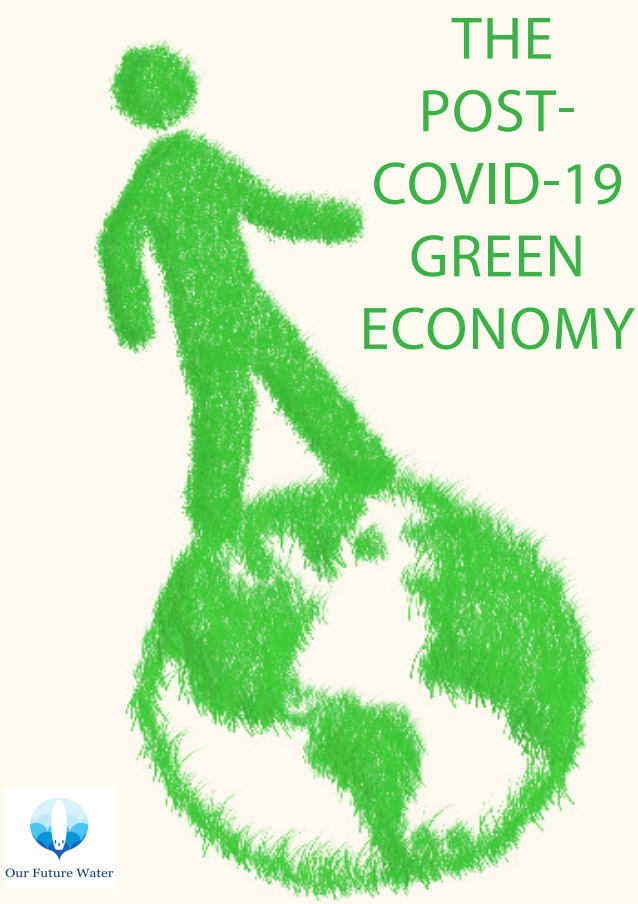This paper discusses a variety of fiscal and non-fiscal policy tools, along with case studies, that are available to facilitate the transition to a green economy in the post-COVID-19 reconstruction phase.
In its simplest form, a green economy is low carbon, resource efficient, and socially inclusive. In this type of economy, growth in income and employment are driven by both public and private investments that reduce carbon emissions, enhance resource efficiency, and prevent the loss of biodiversity and ecosystem services. A key component of a green economy is that economic development views natural capital as a key economic asset and as a source of public benefit. The overall aim of a transition towards a green economy is to enable economic growth and investment while increasing environmental quality and social inclusiveness.
